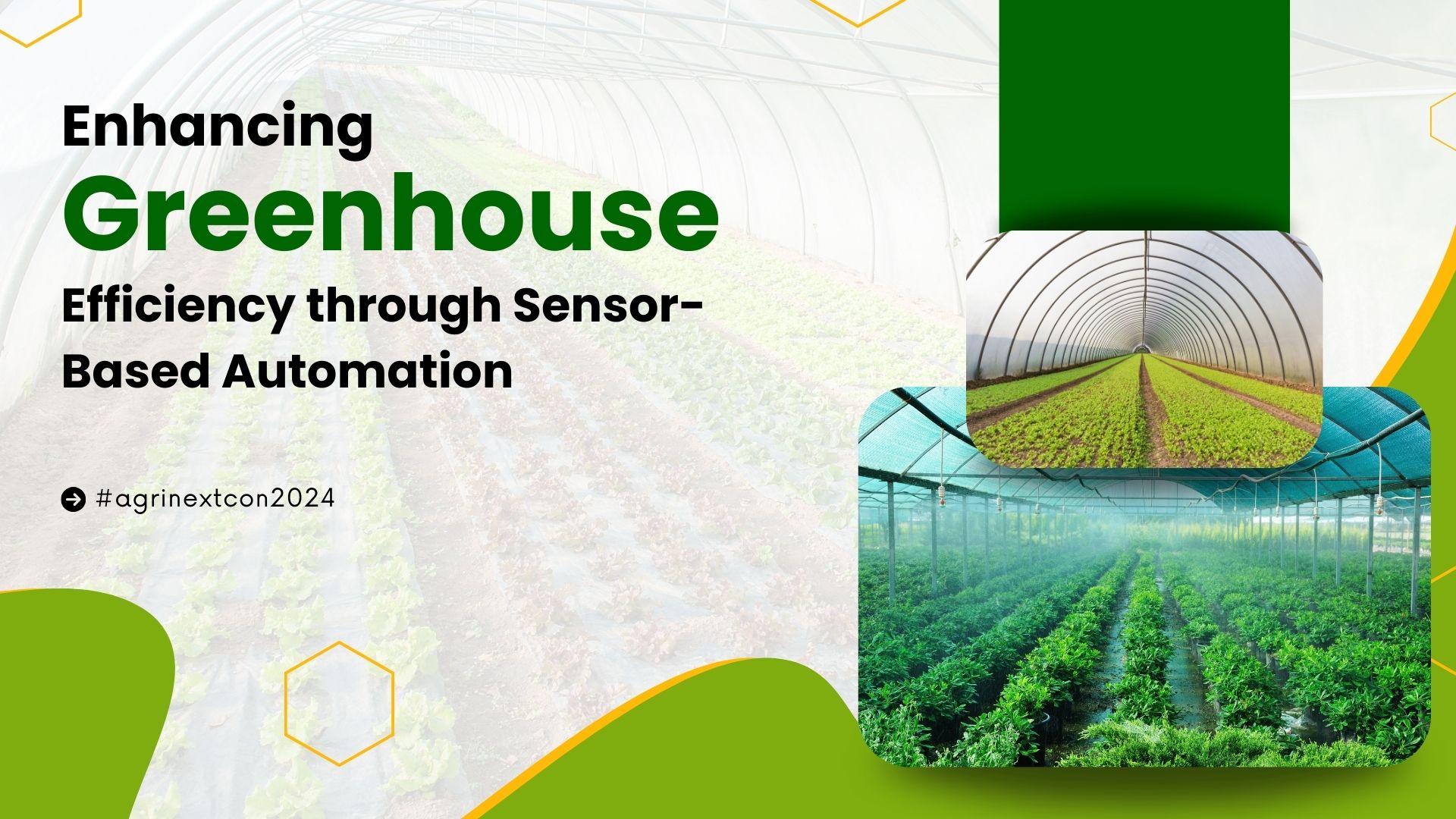
In the realm of modern agriculture, the integration of technology has revolutionized traditional farming practices, leading to increased efficiency and higher yields. One area where technology plays a pivotal role is greenhouse automation, where the precise control of environmental factors is paramount to successful crop cultivation. At the heart of greenhouse automation lie sensors, which provide real-time data crucial for decision-making and optimization.
Sensors serve as the eyes and ears of the greenhouse, continuously monitoring parameters such as temperature, humidity, light intensity, soil moisture, and CO2 levels. These sensors are strategically placed throughout the greenhouse to capture variations in microclimates and ensure uniform growing conditions. By collecting data on environmental variables, farmers can gain insights into the health and needs of their crops, enabling them to make informed decisions for optimal growth.
About Greenhouse and Automation
Selecting the right sensors is key to effective greenhouse automation. Temperature and humidity sensors, such as the DHT11 or BME280, provide essential data for controlling climate conditions and preventing heat stress or fungal growth. Light intensity sensors, like the TSL2561 or BH1750, help regulate artificial lighting to supplement natural sunlight and maintain optimal photosynthetic activity. Soil moisture sensors, whether capacitive or resistive, enable precise irrigation control, ensuring plants receive adequate water without risk of overwatering or drought stress. Additionally, CO2 sensors, such as the MH-Z19B or SCD30, help monitor air quality and facilitate proper ventilation to support plant respiration.
Once sensors are selected and installed, they must be calibrated to ensure accurate readings. Calibration procedures vary depending on the sensor type and manufacturer specifications but are essential for reliable data collection. With sensors in place and calibrated, farmers can begin integrating them into their greenhouse automation systems.
Microcontrollers, such as Arduino or Raspberry Pi, serve as the brains of the operation, interfacing with sensors to collect data and execute control logic. Through programming, farmers can implement automation routines based on sensor readings, adjusting environmental conditions as needed to optimize plant growth. For example, if the temperature exceeds a predefined threshold, the microcontroller can activate fans or open vents to cool the greenhouse. Similarly, if soil moisture levels drop below a certain point, the microcontroller can trigger irrigation systems to water the crops.
Data logging capabilities further enhance greenhouse automation, allowing farmers to track environmental trends over time and make data-driven decisions for crop management. By storing sensor data locally or in the cloud, farmers can analyze historical trends, identify patterns, and fine-tune their automation systems for maximum efficiency.
Challenges and Future Directions
While sensor-based automation offers numerous benefits, it also comes with challenges such as high initial costs and the need for technical expertise. However, as technology advances and becomes more affordable, these barriers are likely to diminish.
Future developments might include the integration of artificial intelligence to further refine greenhouse operations. AI can analyze vast amounts of data to provide insights and make autonomous decisions, pushing the boundaries of what is possible in greenhouse farming.
Conclusion
greenhouse automation powered by sensors represents a significant advancement in modern agriculture. By harnessing the power of technology to monitor and control environmental variables, farmers can create ideal growing conditions for their crops, leading to higher yields, reduced resource consumption, and ultimately, a more sustainable future for food production. Sensor-based automation represents a significant leap forward in greenhouse management. By enabling precise control over the growing environment, it enhances efficiency, conserves resources, and improves crop yields. As technology continues to evolve, the potential for even greater advancements in greenhouse farming is vast, promising a future where agriculture is smarter, more sustainable, and more productive than ever before.
Signup For AgriNext Conference Newsletter

